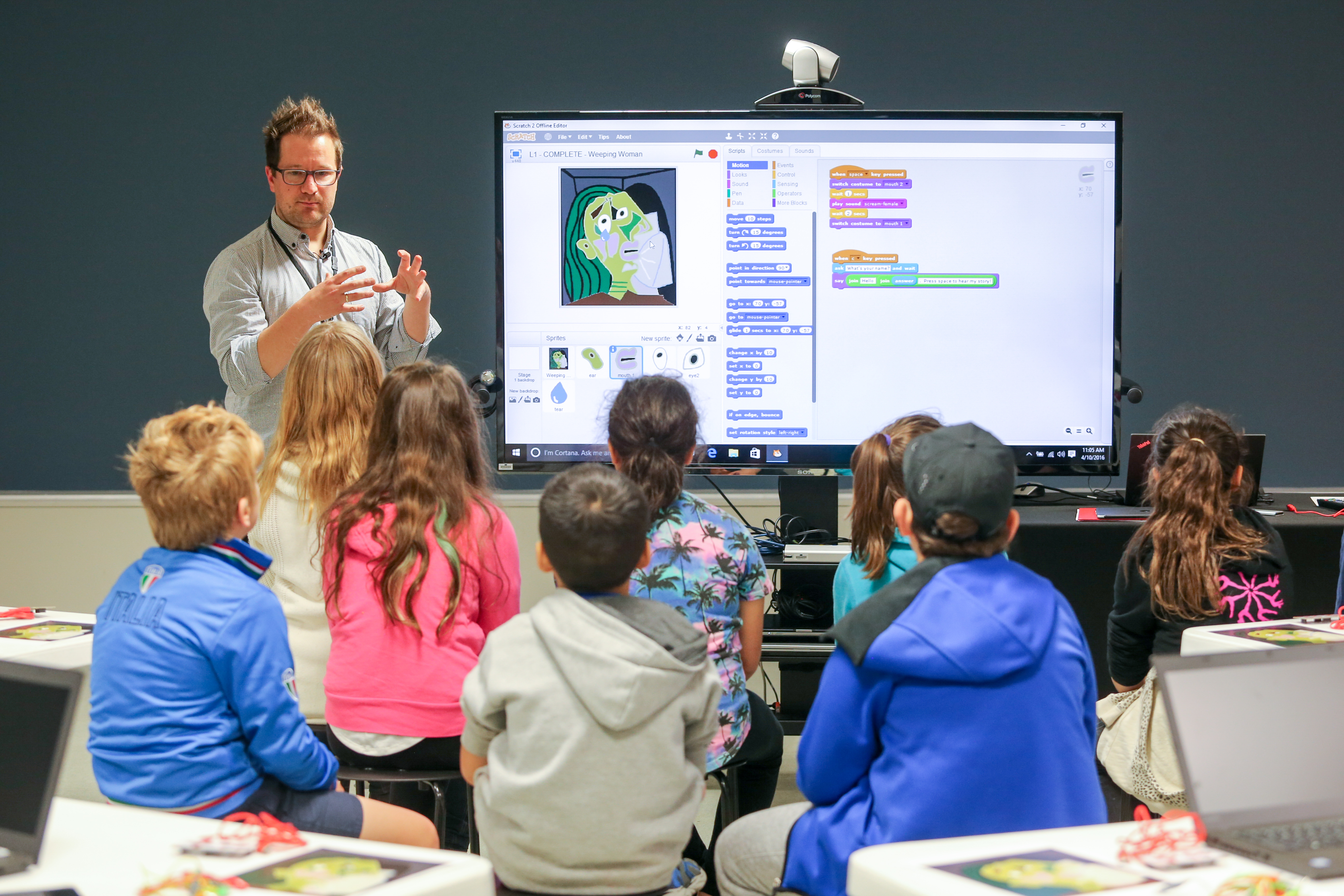What can we learn from those who don’t want to quit?
Recent surveys have shown that large numbers of people are thinking about quitting. But what can we learn from the people who are happy in their jobs?

Every year since 2011, researchers from the Australian Catholic University have released results from the Australian Principal Occupational Health, Safety and Wellbeing Survey.
Read the latest print edition of School News HERE
The survey of up to 2,500 school leaders, including principals, deputy principals and heads of junior schools – asks about all elements of what is happening in their jobs.
The 2023 survey gave the unsettling statistic that more than half of school leaders were thinking of quitting.
More specifically, (56%) of school leaders surveyed agreed or strongly agreed that “I often seriously consider leaving my current job”. Leaders with between six to ten years of experience were the respondents most likely to report they were thinking about quitting.
While our focus is specifically on educators, it is interesting to note that uncertainty and dissatisfaction in employment is common across all sectors. The recently released Gallup State of the Global Workplace 2024 report shows Australian workers are more likely to be thinking about quitting, with 74% saying they are considering changing jobs compared to the global average of 52%.
Should we be changing our focus?
But while much of the media reporting of these surveys focuses on the negative results, rightfully lamenting the challenges of such positions – the stress, the violence, the workload – perhaps we should be moving that gaze to the 44% of school leaders who aren’t considering quitting. Surely it is just as important to understand and learn from those who are happy in their roles, to determine what factors are at play, in the hope they can be replicated more widely.
Surveying school leaders who are happy – or at least content – in their jobs would not just be about celebrating the success of individuals, but could be a strategic move to gain insights that could benefit the entire sector.
This group of respondents would be able to identify specific factors that contribute to their job satisfaction—these could be wide-ranging, ranging from work-life balance to co-worker relationships, students’ SES backgrounds, school size, geographical location, management practices, departmental politics, workplace culture, and professional development opportunities. They may also be able to help answer certain important questions.
Is there a correlation between the school leaders who are not planning to move on and the attrition rate of their staff?
Are school leaders who are planning on staying in their current role, more likely to have policies that foster supportive environments for their staff and students?
Do leaders who are currently happy in their role – despite objectively noticeable environmental challenges – possess certain qualities or attitudes that negate tangible difficulties? Do they have certain coping mechanisms or perspectives that can be taught to others?
Instead of focusing on what doesn’t work, why not spend time looking at what does?
While obviously not all factors can be artificially created, let alone systematically enforced, only by gathering this data can the powers that be create meaningful policy and make informed decisions that encourage a culture where school leaders – and employees – are no longer constantly thinking about quitting.







